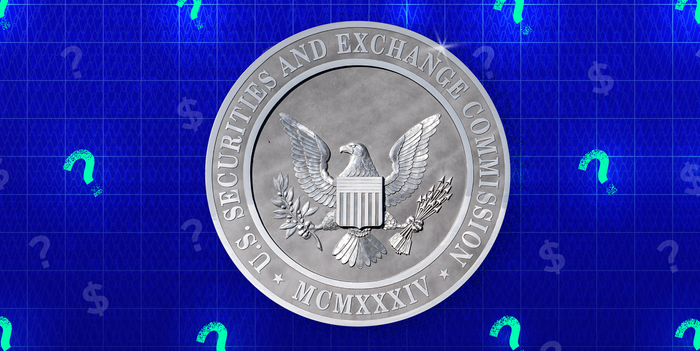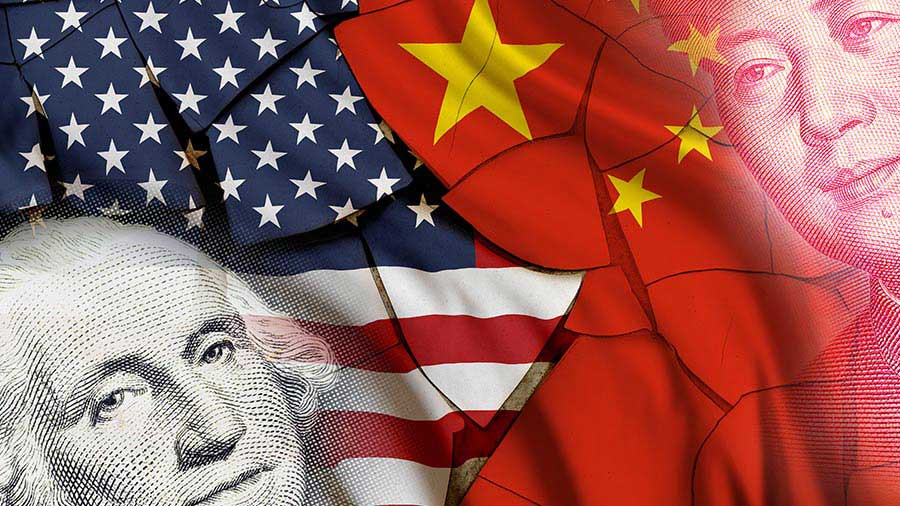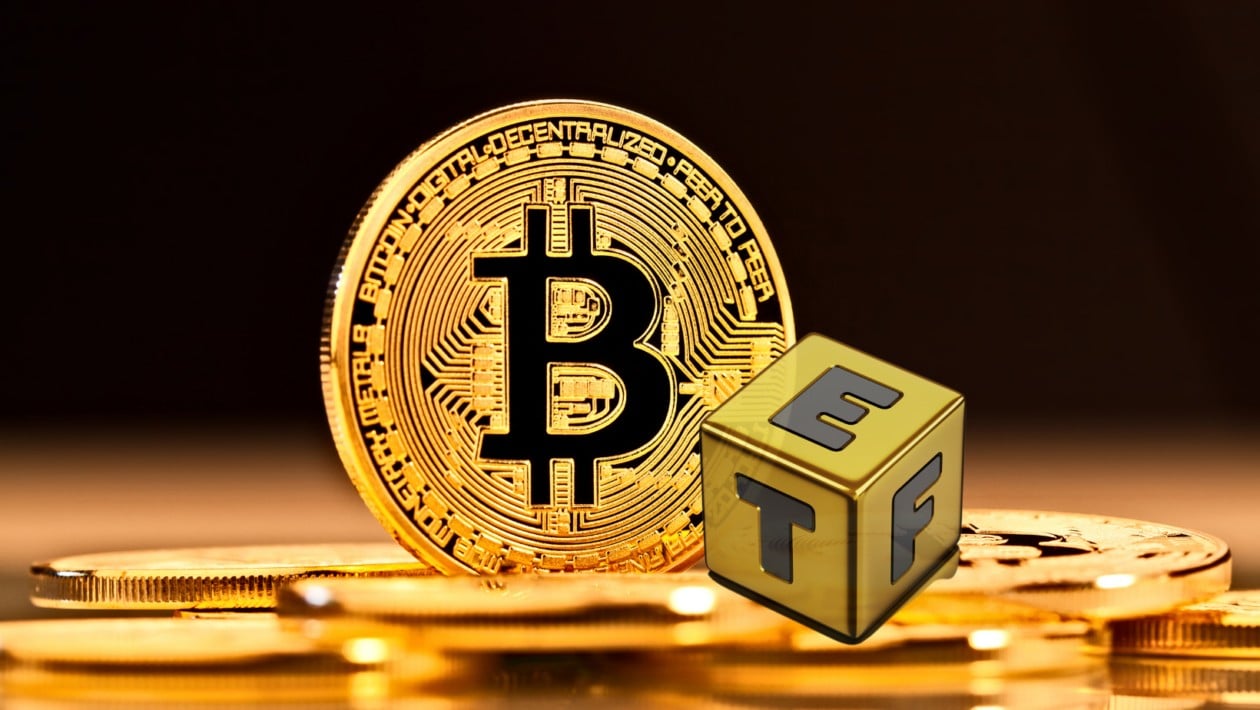SEC vs. Wall Street in the battle for transparency regulated by the US Treasury market is open beneath the surface.This fight revolves around shadow trades, and opaque transactions conducted outside traditional exchanges, potentially distorting prices and raising concerns about fairness and stability. Let’s delve into the murky depths of this financial conflict and explore its far-reaching implications.
The Allure of the Shadows:
Imagine a financial realm where large, complex deals like derivatives and swaps occur directly between two parties, evading public scrutiny and reporting requirements. This is the enticing world of shadow trades, offering potential cost savings, flexibility, and the ability to conceal sensitive positions. However, this lack of transparency breeds fertile ground for market manipulation, insider trading, and other illegal activities.
The SEC’s Limited Arsenal:
The Securities and Exchange Commission (SEC), tasked with investor protection and market integrity, faces an uphill battle. Its current framework primarily focuses on exchange-based trades, leaving shadow markets less well-equipped for oversight. While the SEC can investigate suspicious activity and penalize violators, its actions often come after the damage is done. The sheer volume and complexity of these trades further complicate effective monitoring.
Recent Clashes and Future Strategies:
Recognizing the urgency, the SEC has taken steps to shine a light on the shadows. In 2023, they proposed new rules demanding greater reporting of swaps and derivatives, aiming to illuminate previously hidden corners of the market. Additionally, the agency leverages data analytics and machine learning to identify suspicious trading patterns. However, industry players often oppose these efforts, citing increased costs and potential stifling of innovation.
The Stakes Are High:
Unchecked shadow trading carries significant risks. Unreported activity can distort market prices, impacting everyone from ordinary investors to large pension funds. Lack of transparency erodes trust in the financial system, potentially triggering instability and jeopardizing public confidence. Moreover, shadow markets harbor illegal activities, benefiting a select few at the expense of the broader market’s fairness and integrity.
Looking Ahead:
The SEC’s fight for transparency is far from over. While recent initiatives are positive steps, further regulatory reforms and collaboration with stakeholders are crucial. Leveraging technology for robust oversight, fostering international cooperation to combat cross-border shadow trading, and addressing industry concerns through open dialogue are key elements in this ongoing struggle.



